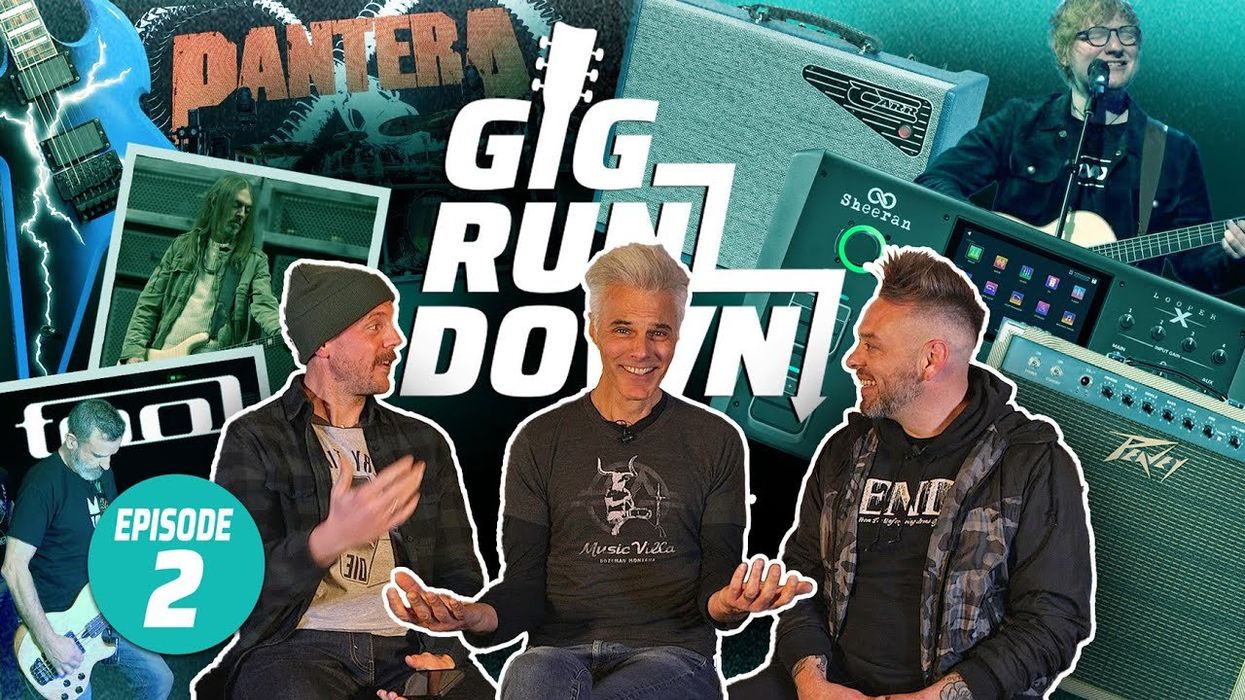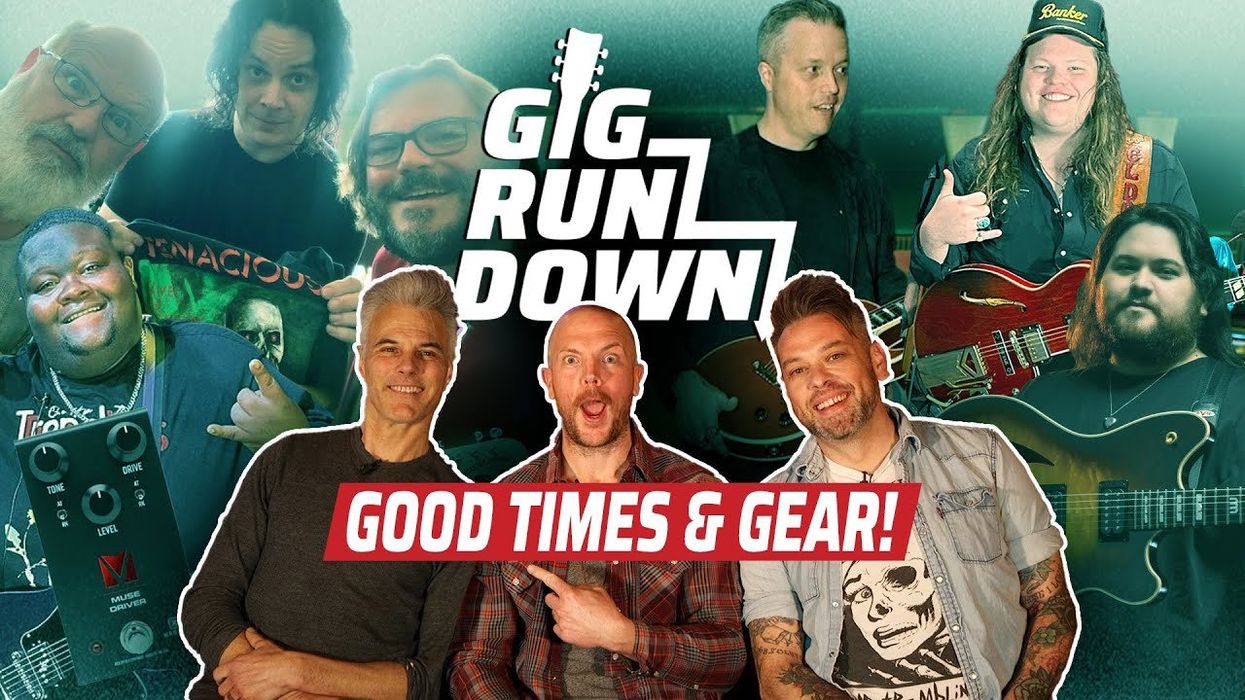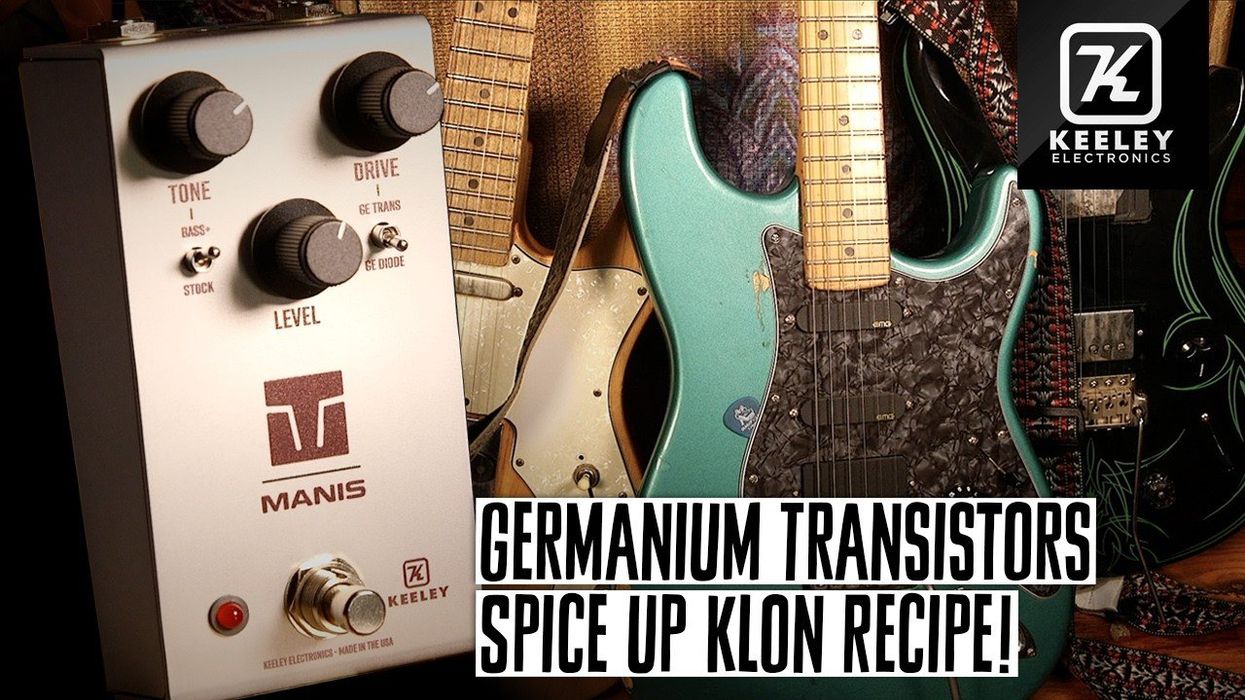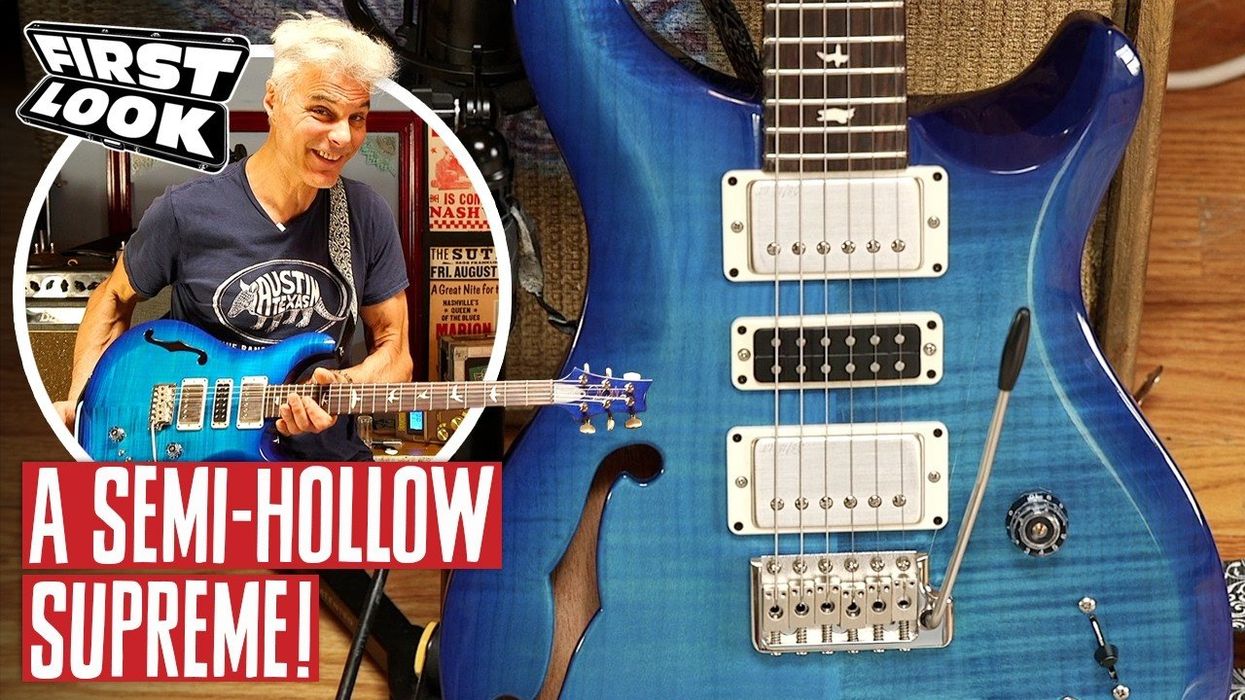- YouTube
Rig Rundown
Queens of the Stone Age Rig Rundown with Troy Van Leeuwen
ByChris KiesJul 02, 2025
Chris Kies
Chris Kies has degrees in Journalism and History from the University of Iowa and has been with PG dating back to his days as an intern in 2007. He's now the multimedia manager maintaining the website and social media accounts, coordinating Rig Rundown shoots (also hosting and/or filming them) and occasionally writing an artist feature. Other than that, he enjoys non-guitar-related hobbies.
Fresh off a substantial break and a live acoustic recording from Paris’ infamous catacombs, hard-rock titans Queens of the Stone Age stormed back to life this spring with an American tour, including back-to-back nights in Boston at Fenway’s MGM Music Hall.
PG’s Chris Kies snuck onstage before soundcheck to meet with guitarist Troy Van Leeuwen and get an in-depth look at the guitars, amps, and effects he’s using this summer.
Brought to you by D’Addario.



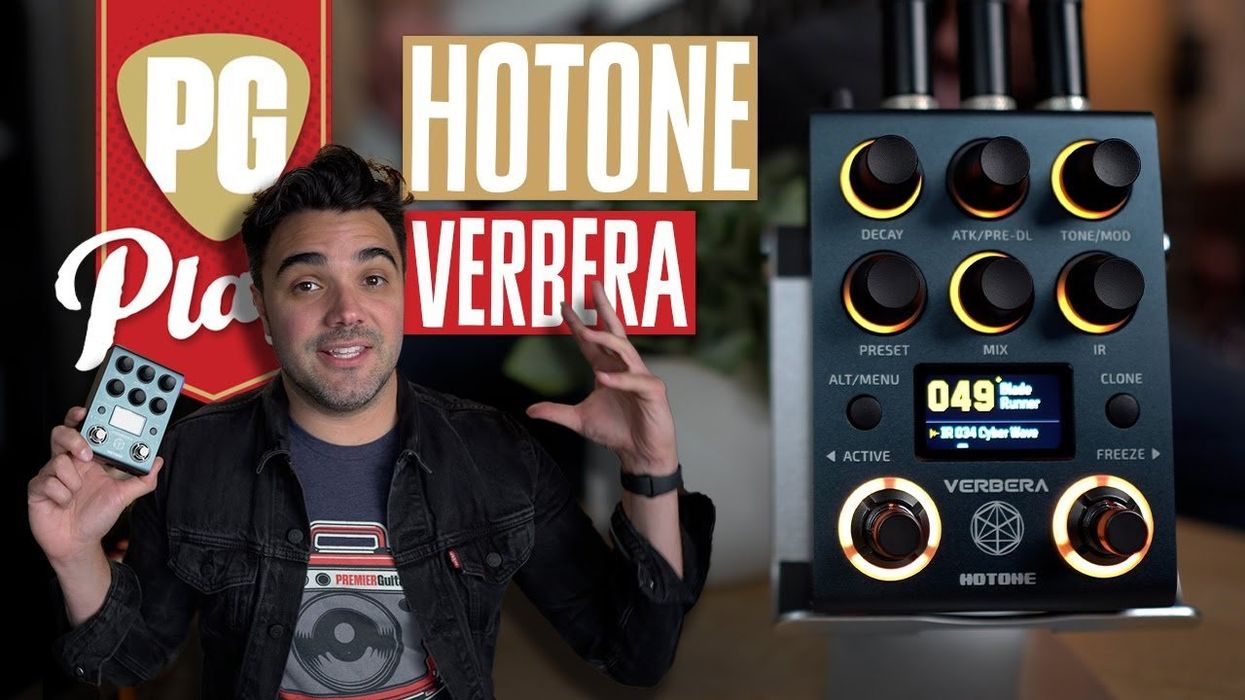
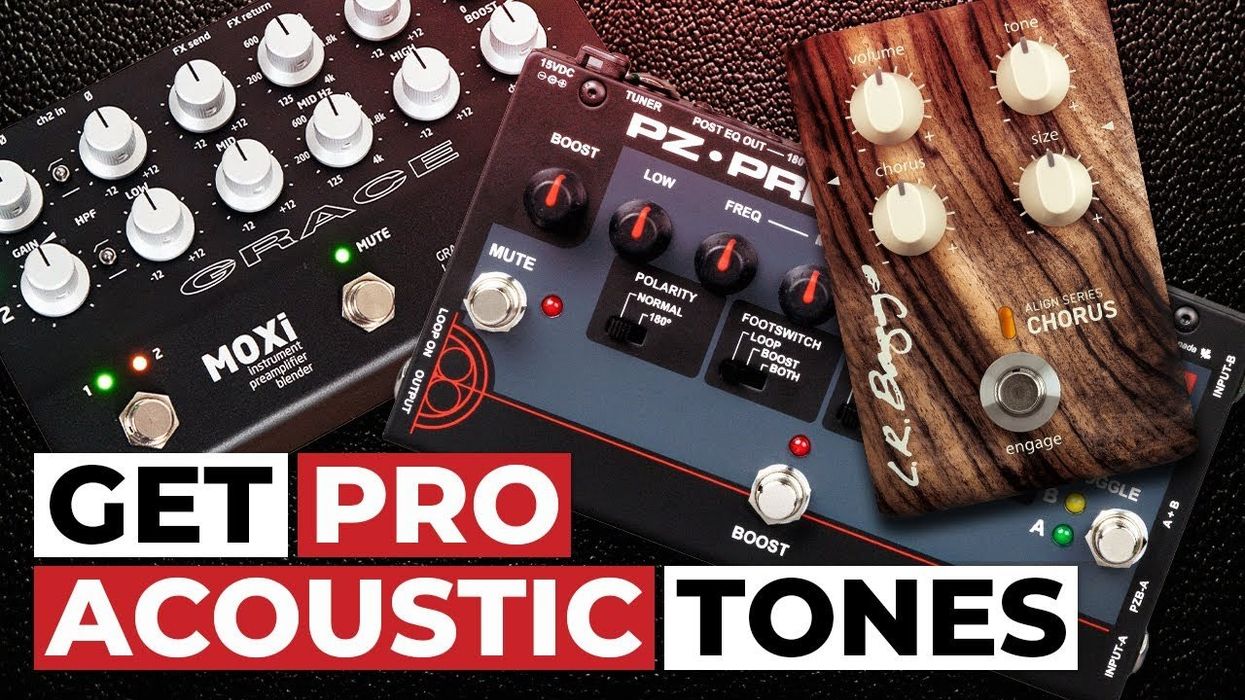
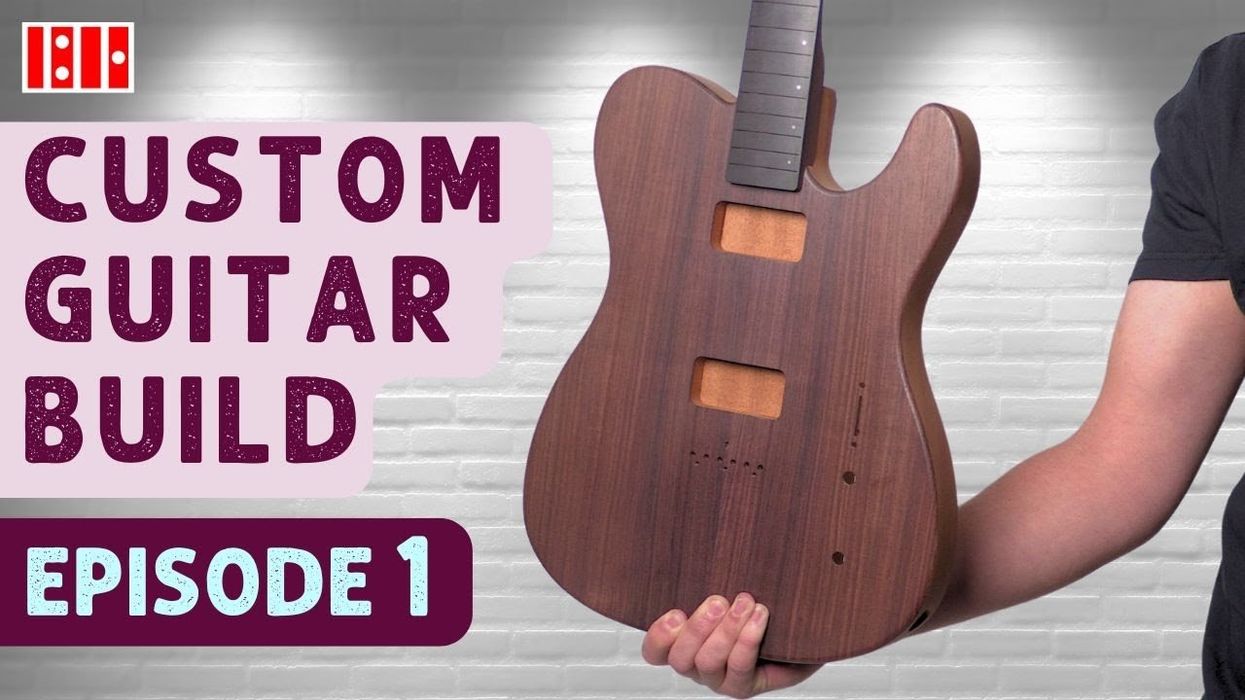



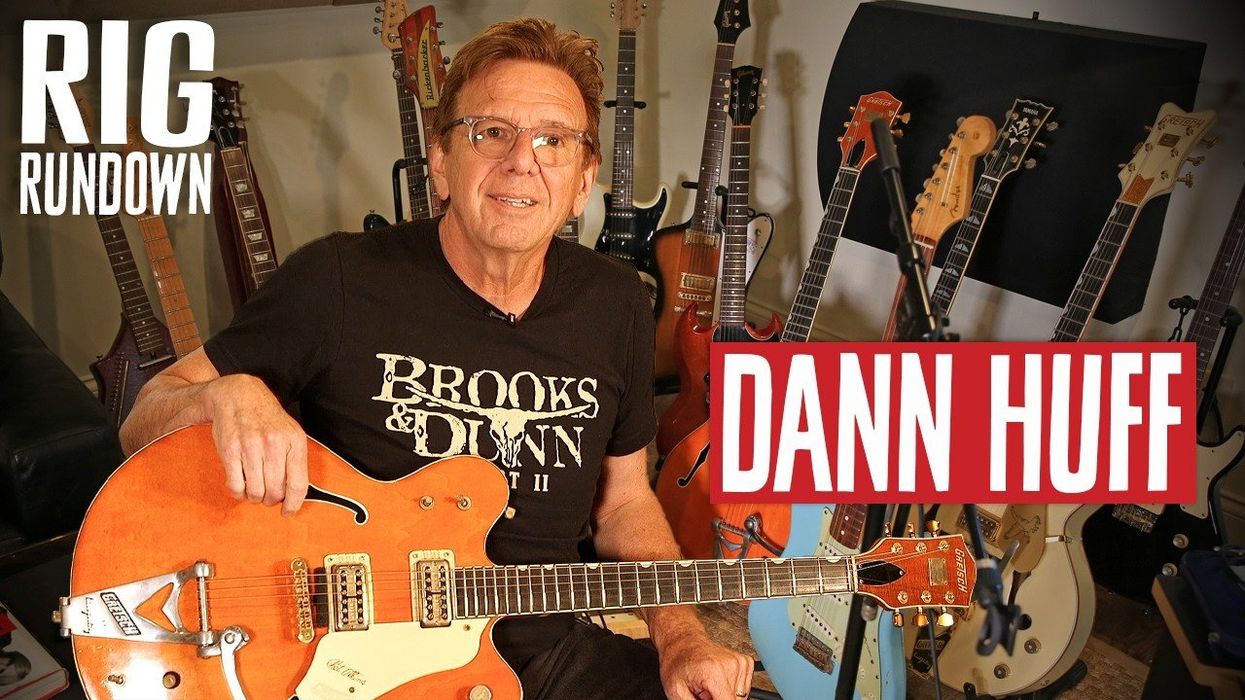
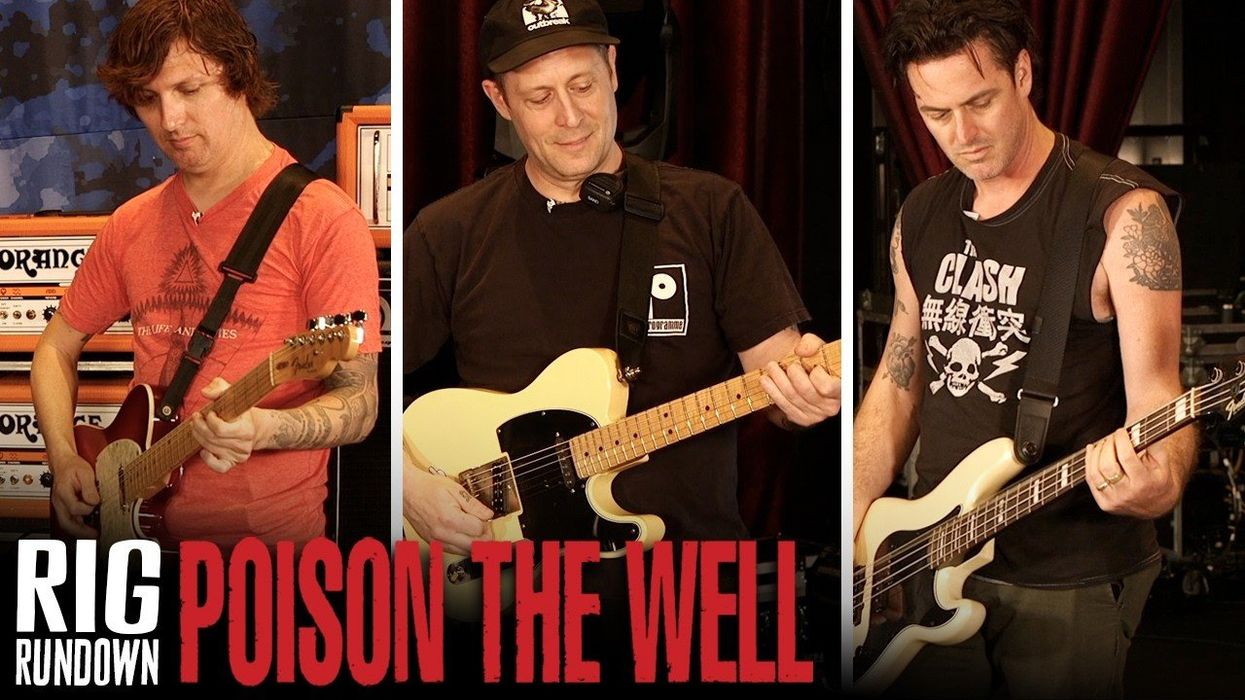
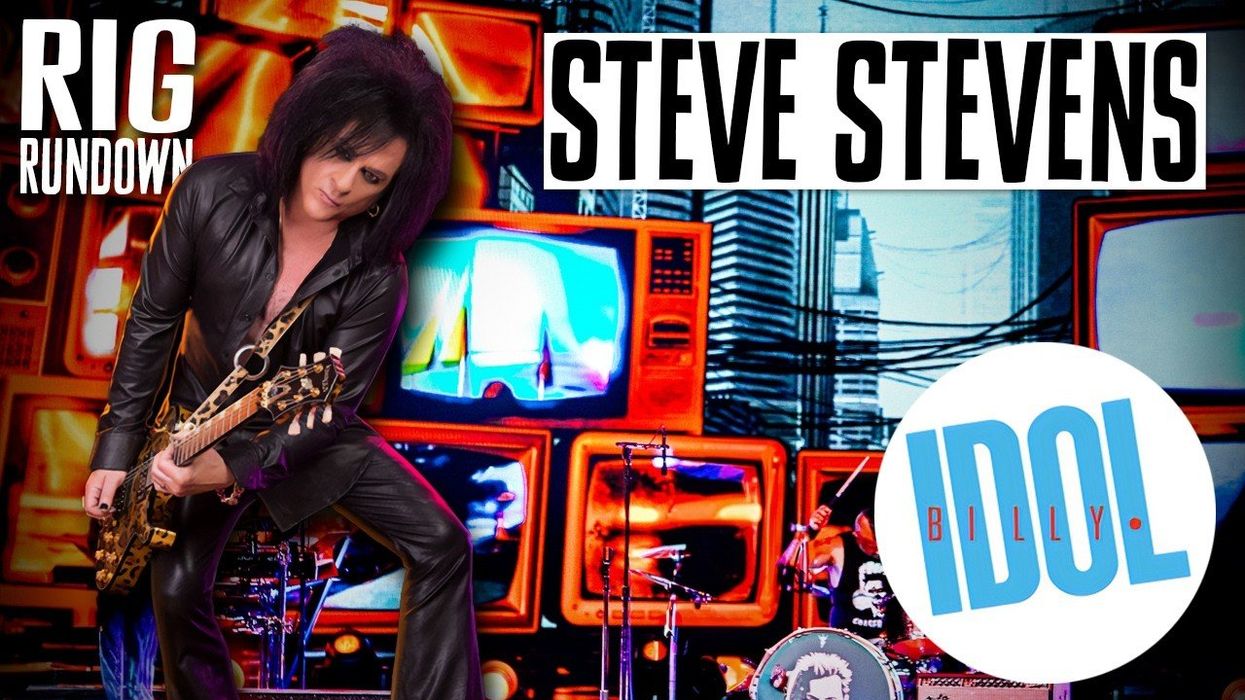
![Fontaines D.C. Rig Rundown [2025]](https://www.premierguitar.com/media-library/image.jpg?id=60290466&width=1245&height=700&quality=85&coordinates=0%2C0%2C0%2C0)


